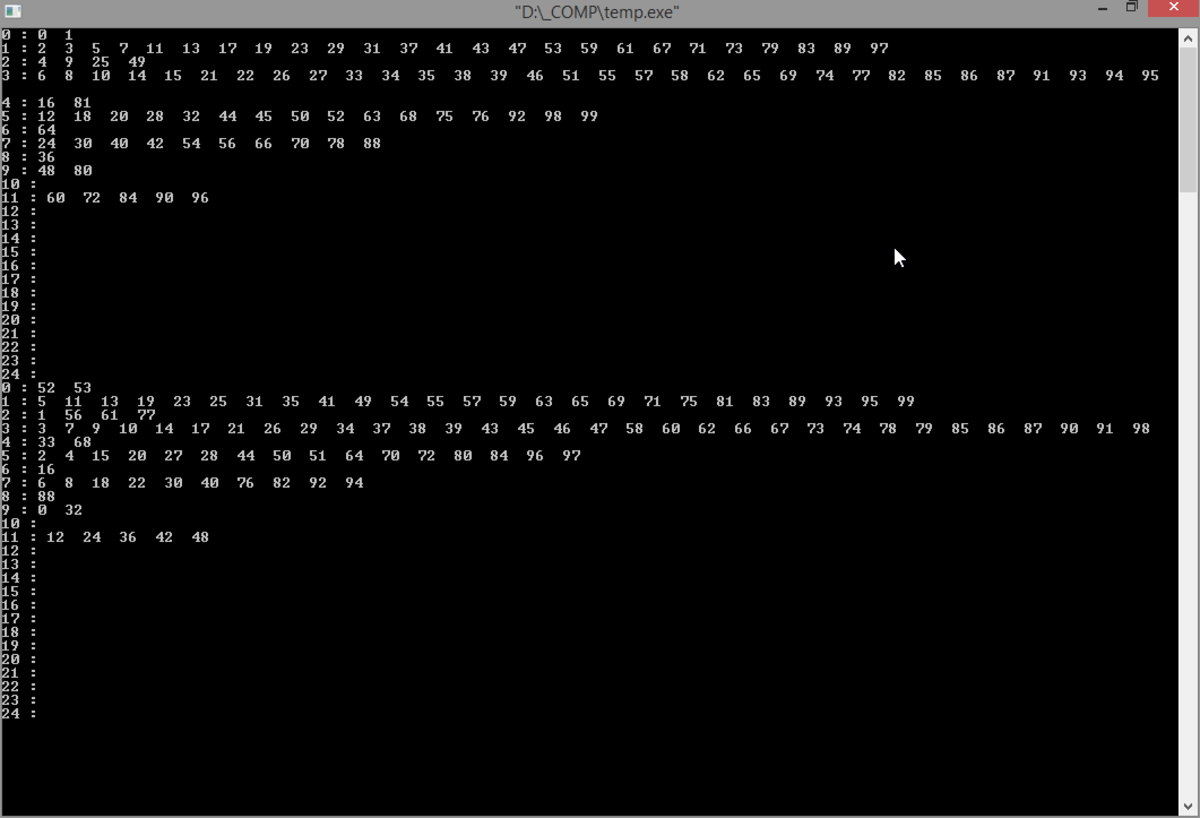Albert, Bernard and Cheryl again
Albert and Bernard know that Cheryl was born in the 1900s. Cheryl tells Albert the number of factors of the number formed by the last 2 digits of her birth year. Then, Cheryl tells Bernard the number of factors of the number obtained by adding 48 to the number formed by the last 2 digits of her birth year.
Albert tells Bernard, "I don't know her birth year."
Bernard tells Albert, "I don't know her birth year."
Albert tells Bernard, "Now I know her birth year."
When is Cheryl's birth year?
Answer in the form .
Details and Assumptions:
If Cheryl's birth year is 1836, then the number formed by the last 2 digits is 36.
Albert and Bernard are perfect at logical thinking.
The answer is 1981.
This section requires Javascript.
You are seeing this because something didn't load right. We suggest you, (a) try
refreshing the page, (b) enabling javascript if it is disabled on your browser and,
finally, (c)
loading the
non-javascript version of this page
. We're sorry about the hassle.

There is no problem with this question. Amazing question by the way! Did it take you long to create it?
Anyway here's the solution:
Based on the first statement, Albert tells Bernard, "I don’t know her birth year." , it implies that all the numbers with a unique number of factors could not be Cheryl's birth year. This excludes numbers: 6 4 , 1 , 3 6 , we would call this set P . For the set: 6 4 + 4 8 , 1 + 4 8 , 3 6 + 4 8 ,we would define it as set S for the second part.
Based on the second statement, Bernard tells Albert, "I don’t know her birth year." , it implies that any number + 4 8 that has a unique number of factors are out. This eliminates numbers: . This second statement also implies that any number + 4 8 that shares a number of factors with n other numbers, of which n − 1 of these numbers are inside set S . This eliminates numbers for Cheryl's birth year: 1 6 , 3 3 , 5 2 , 9 6 , 3 2 , 7 3 , we would call this set C
Now, based on the third statement, Albert tells Bernard, "Now I know her birth year." . This implies that of the numbers possible based solely from the number Albert was given, all of the numbers except 1 has been eliminated. So what we have to do is to find the factors of the eliminated numbers. We do not have to find the factors of the numbers in set P since these numbers have a unique number of factors. Factors of set C : 5 , 4 , 6 , 1 2 , 6 , 2
Checking the factors one by one, we remain with the number 8 1 , with 5 factors.
Here is the link for the number of factors from numbers 1 to 1 5 0 :
1 to 50
51 to 100
101 to 150